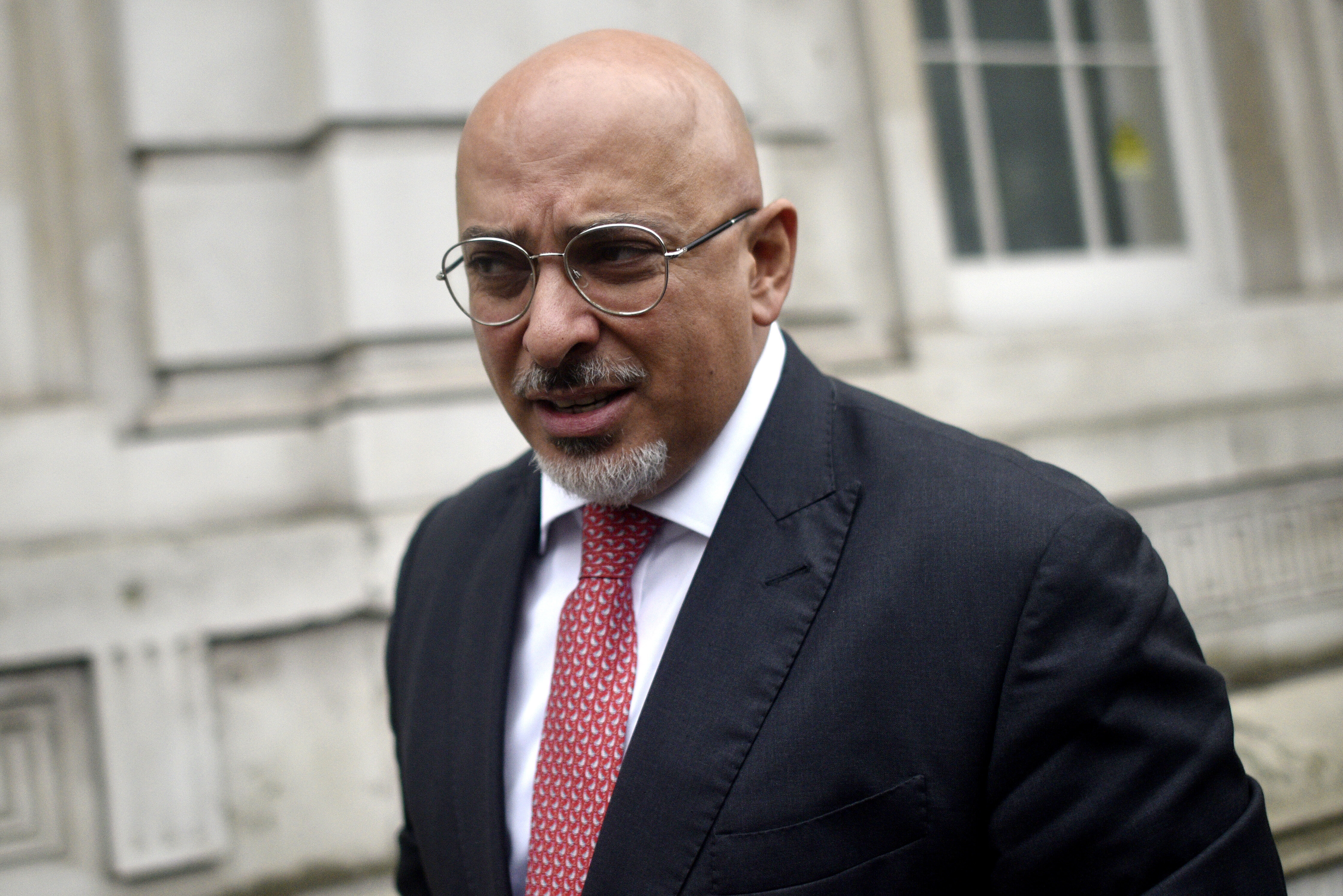The UK recorded a further 373 deaths after testing positive for Covid-19 on Sunday, the lowest number reported since November 4.
Coronavirus cases are also dropping and while the latest figure of 15,8452 lab-confirmed cases is still high, it is less than a third of the highest daily total this year – a staggering 68,053 reported on 8 January.
But while cases continue to fall in most of England, five areas have seen a recent rise.
The increases are relatively small – except for Rutland where they have surged by 185% – an outbreak at HMP Stocken is believed to account for the surge.
While the exact number of infected inmates has not been released, the prison earlier this week reported positive cases on four of its seven wings which hold a total of 950 prisoners.
The figures below are for the seven-day rolling average up to February 4, and the decrease is a comparison with the seven-day rolling average to the previous day.
- Rutland 185% (463.3 cases per 100,000 people)
- North East Lincolnshire 17% (107.8)
- North Tyneside 12% (211.6)
- Sunderland 4% (315.1)
- North Lincolnshire 1% (124.2)
On a regional level, cases continue to fall in every across England, though case numbers remain incredibly high.
For context, the government’s own threshold for quarantining overseas travellers which was imposed last year to facilitate travel corridors was 20 cases per 100,000 people over a seven-day average.
- London -37% (463.3 cases per 100,000 people)
- South East -34% (170.3)
- East England -32% (197.0)
- West Midlands -24% (260.4)
- North West -23% (239.5)
- East Midlands -18% (238.9)
- Yorkshire and The Humber -15% (177.6)
- North East -13% (214.3)
There was further positive news on the vaccine rollout front – 549,078 were administered on Saturday pushing the total to above 12 million.
Yesterday over 549,000 people got their first vaccine dose, which now means over 12 million people across the UK have been vaccinated. pic.twitter.com/dlVkKYtEpT
— Boris Johnson (@BorisJohnson) February 7, 2021
The seven-day rolling average of first doses given in the UK is now 433,8571
Based on the latest figures, an average of 373,214 first doses of vaccine would be needed each day in order to meet the Government’s target of 15 million first doses by February 15.

